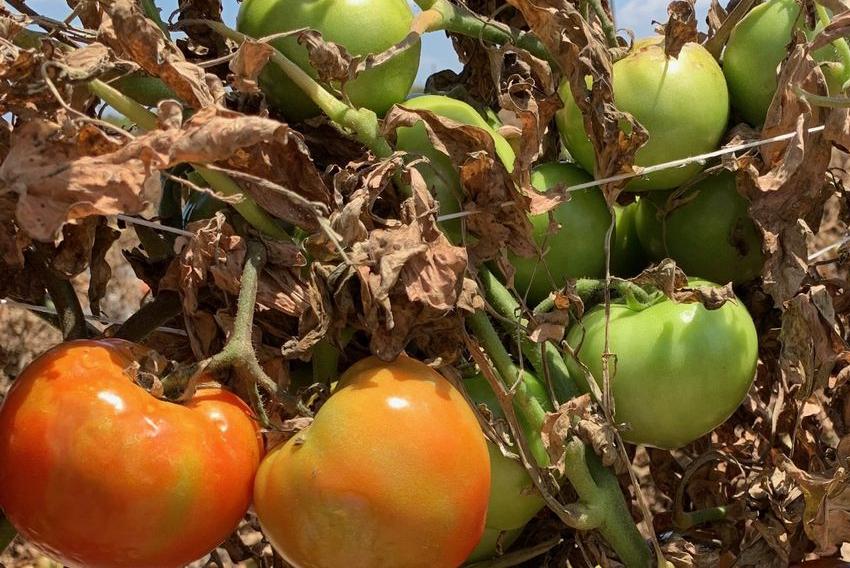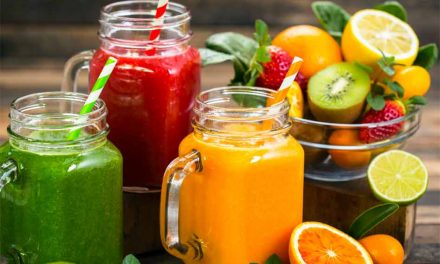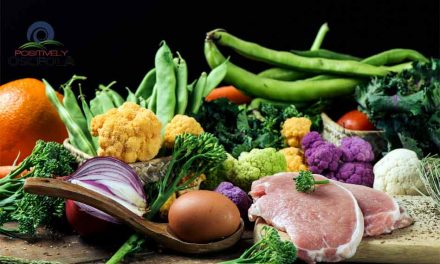In normal times, tens of thousands of meals are prepared and eaten each week in school cafeterias, restaurants and theme parks. Fruits, vegetables and milk from farms end up on those tables.
These are not normal times. The tables sit empty with students and restaurant goers sit at home under quarantine orders.
The state’s farming industry, its second-leading one, supports two million jobs and drives $150 billion in annual revenue. The federal coronavirus relief act reportedly contains $9.5 billion in aid to farmers.
Florida leads the U.S. in harvesting tomatoes, green beans, cabbage and peppers in the spring. Many of these crops are meant for grocery stores, but other farmers cater to the food service industry — one hit hard as people are ordered people to stay home and avoid contact with others. Thousands of acres of Florida-grown fruits and vegetables are being plowed over, left on the ground or never picked because farmers can’t sell to all the places closed or serving just a trickle of take-out orders because of the coronavirus.
Positively Osceola will host a live online discussion Wednesday at 7 p.m. with Christopher May and Jeremy Lanier from the #FeedOsceola initiative and Warren Hougland of the Osceola Council on Aging to promote providing more food to area pantries, which could provide a solution to this problem. Kent Custom Homes is also working with Feed Osceola to bolster its charitable efforts in this time of great need for both citizens and the pantries working hard to serve them.
Growers donate produce to food banks, but there’s a limit on what the charities can accept, and storage is an issue for perishables like fruits and vegetables. It’s a double-edged sword for food banks, which can only take so much in perishable produce while wishing for more non-perishable goods. Selling to grocery stores isn’t always an option, as chains have contracts with farmers who grow for retail — many from outside the U.S.
On dairy farms, suppliers are being told to dump excess milk, which has an even shorter shelf life, as the milk supply chain has seen a host of disruptions that are preventing dairy farmers from getting their products to market. Supermarkets can get their fill, and on the retail end are limited customers to two gallons per person, and surge buying for milk, butter and cheese occurred the last week of March, but has fallen back to normal, further complicating things. Suppliers struggle to make the shift from wholesale packaging for restaurants to preparing retail products for stores.
So join our rountable discussion at 7 p.m. Wednesday to find a local solution to this problem, and find out how you can be part of it and make a positive difference in your community.


















